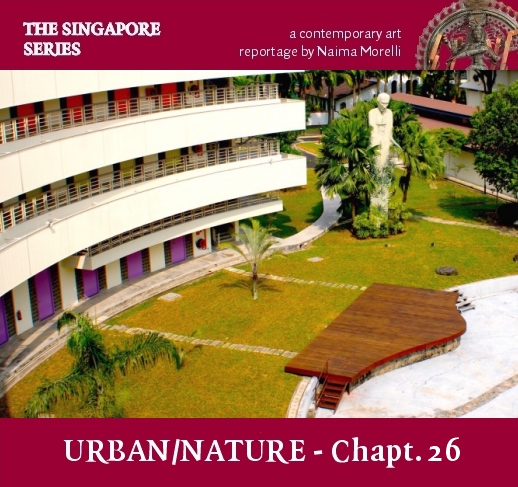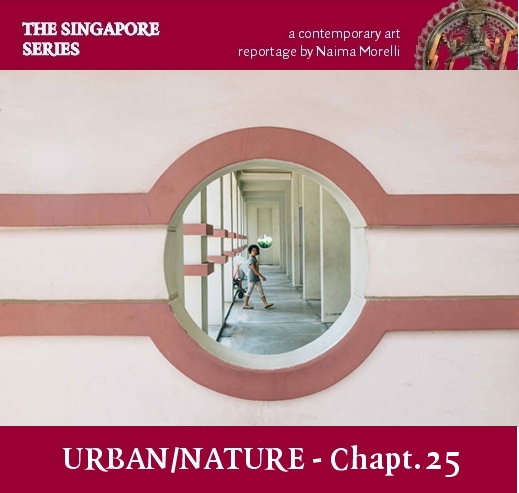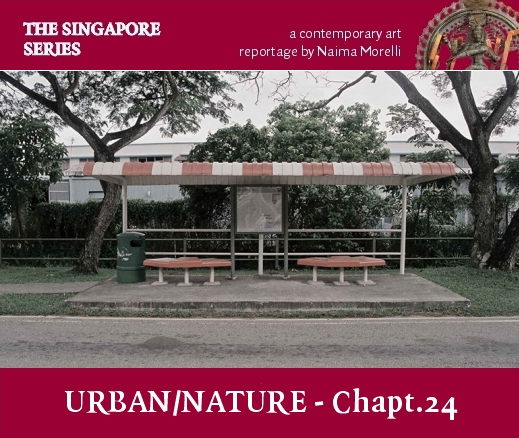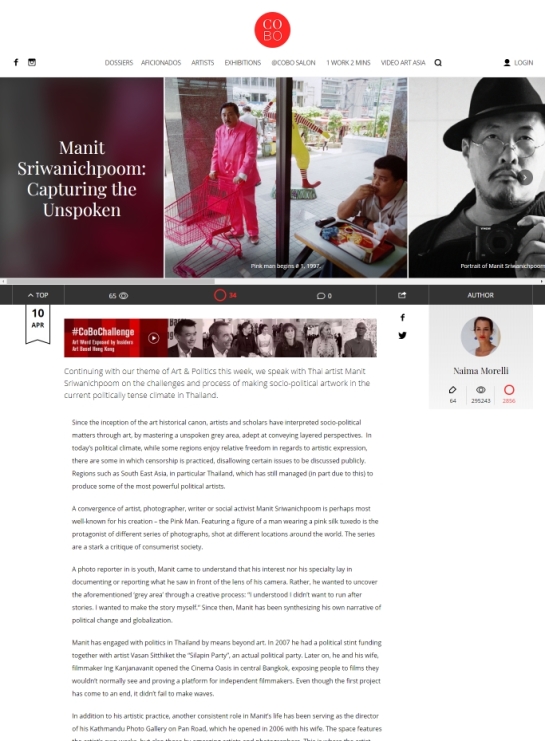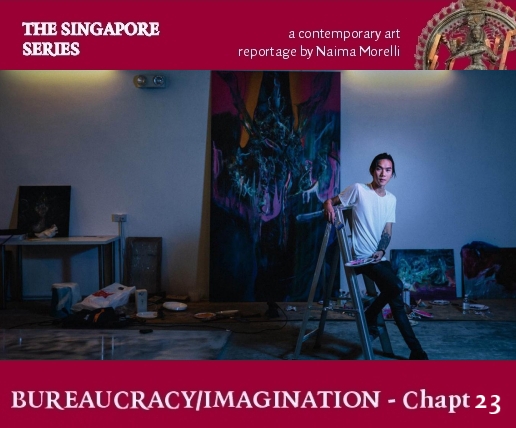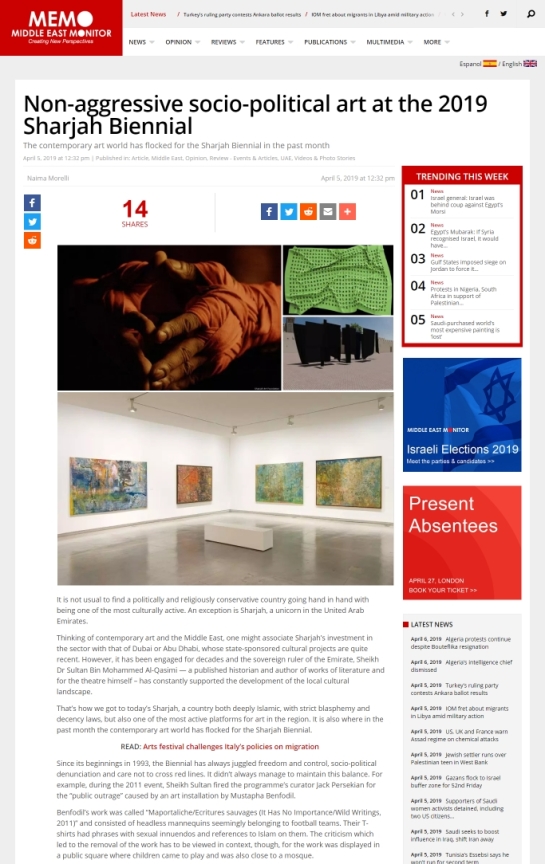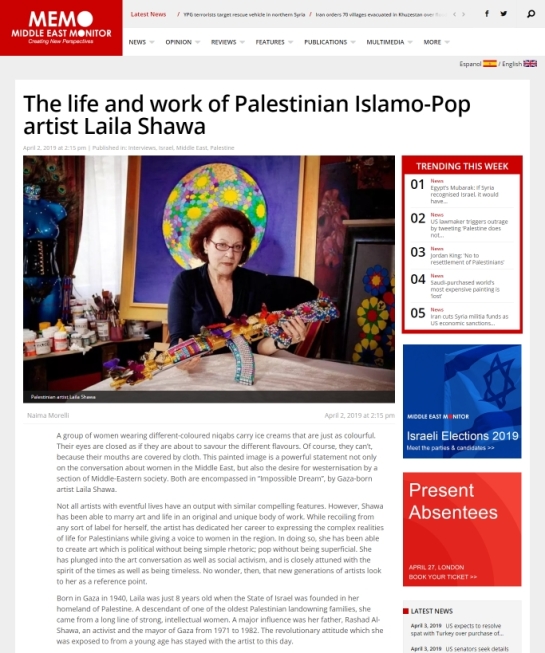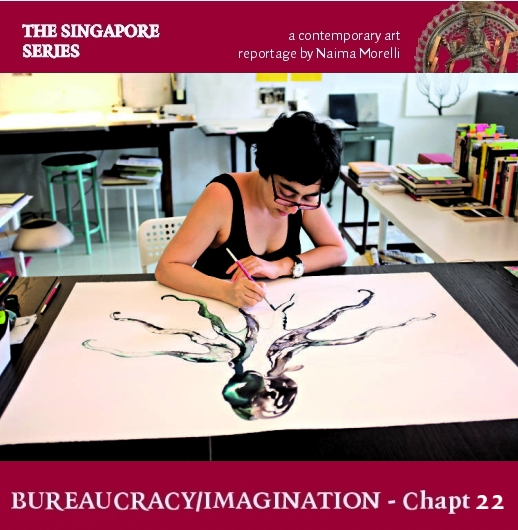How space influences the art
The visitors of the Louvre museum are often upset when they see the Monalisa for the first time. Most of them, seeing it on catalogues, posters and mugs alike, they imagine it to be much bigger. Indeed, bigger than life. In a world where art and art history is experienced through the internet and catalogues, and perhaps less in real life, the size of an artwork is something that counts when it comes to the art market, but it is not really an indicator for art critics. And yet, if we take a sociological look on art, we come to realise that the size of a work tells us volumes about the conditions in which the artist works: it informs about the modes and the values of an entire art system. As mundane as it is, practical circumstances end up weighting on the final artwork more than we would like to think. Contemporary art is seldom made in poetic studios in warehouses, although in some countries that is the norm. In many other places it is done in subscales, a bedroom in your parent’s house or in tiny rented studio-apartments.
Read More